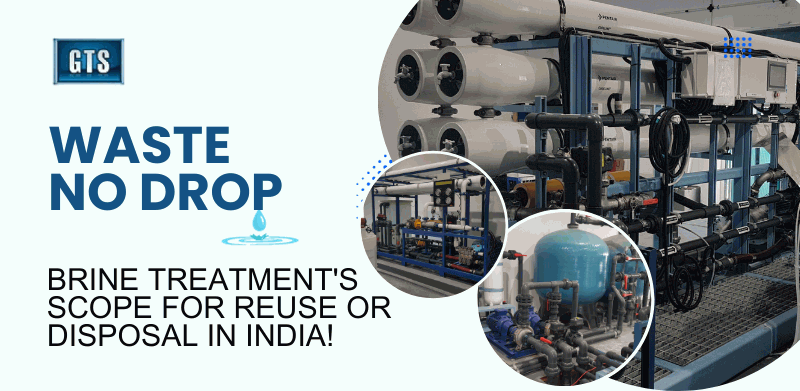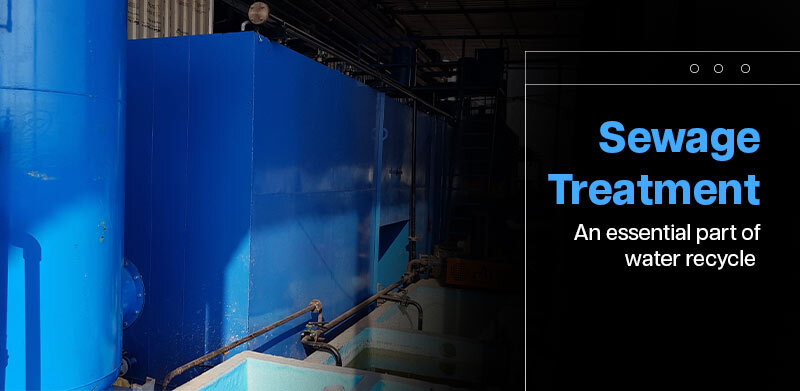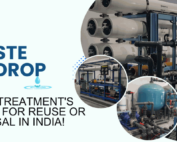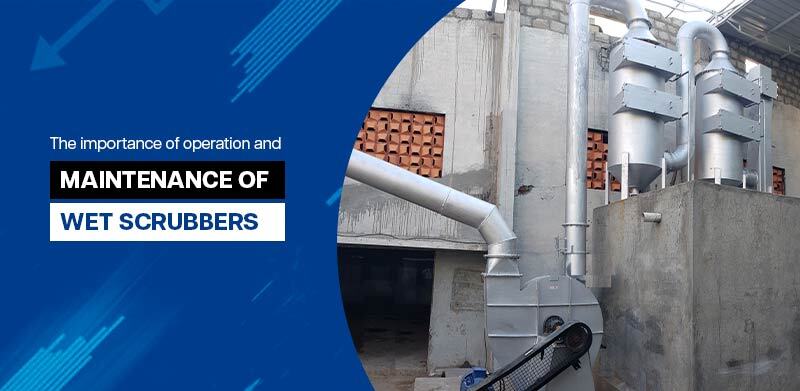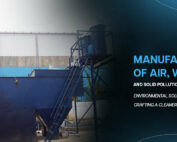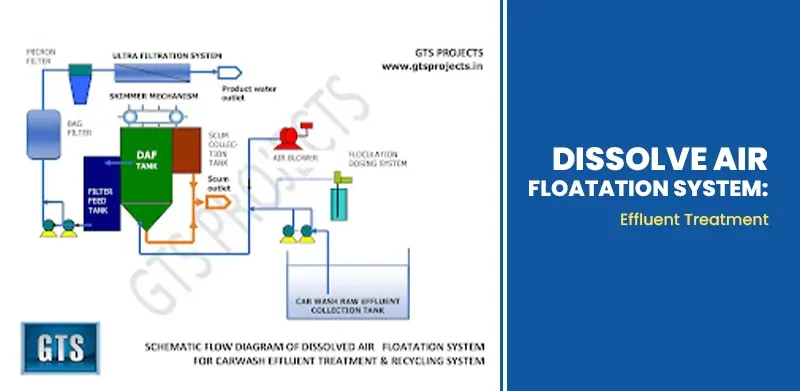Brine Treatment Processes for Reuse or Disposal – Scope in Indian Market
The Indian market has been experiencing an increasing interest in brine treatment processes for reuse or disposal due to the growing water scarcity and environmental concerns. Various technologies and processes are being employed to treat brine generated from desalination, industrial processes, and other sources to either make it suitable for reuse or to safely dispose of it.
Here GTS Enviro India Pvt Ltd explain some common brine treatment processes used in the Indian market:
Membrane Filtration: Membrane technologies like reverse osmosis (RO) and nanofiltration (NF) are commonly used in desalination plants to remove salts and impurities from seawater. The brine generated during the desalination process can be treated further using RO or NF to recover water and concentrate the brine.
Evaporation and Crystallization: Brine can be treated through evaporation to recover water and produce concentrated brine. Crystallization processes are then used to extract valuable salts from the concentrated brine, such as table salt (sodium chloride) or other minerals.
Ion Exchange: Ion exchange processes involve exchanging ions in the brine with more desirable ions, resulting in a treated effluent with reduced salinity. This method is often used in combination with other treatment processes to enhance overall brine treatment efficiency.
Electrochemical Processes: Electrochemical processes like electrodialysis (ED) and capacitive deionization (CDI) are used to remove ions from brine using electrical forces. These processes are energy-efficient and can be used to treat brine for reuse in certain applications.
Forward Osmosis: Forward osmosis (FO) is an emerging technology that can be employed to concentrate brine by drawing water through a semi-permeable membrane, leaving behind a more concentrated brine stream.
Freeze Crystallization: This process involves freezing the brine, which causes the formation of ice crystals that are relatively pure water. The remaining concentrated brine can be separated from the ice, resulting in a smaller volume of brine for disposal.
Waste-to-Energy Conversion: Some innovative approaches involve converting the brine into usable products, such as using it in combination with other waste streams for energy generation or resource recovery.
It’s important to note that the selection of a specific brine treatment process depends on the characteristics of the brine, the desired end goal (reuse or disposal), the scale of the operation, and economic considerations.
As the field of water treatment and brine management is continuously evolving, it’s advisable to consult with GTS Enviro India Pvt Ld to get the most up-to-date and relevant information regarding brine treatment processes in the Indian market.

